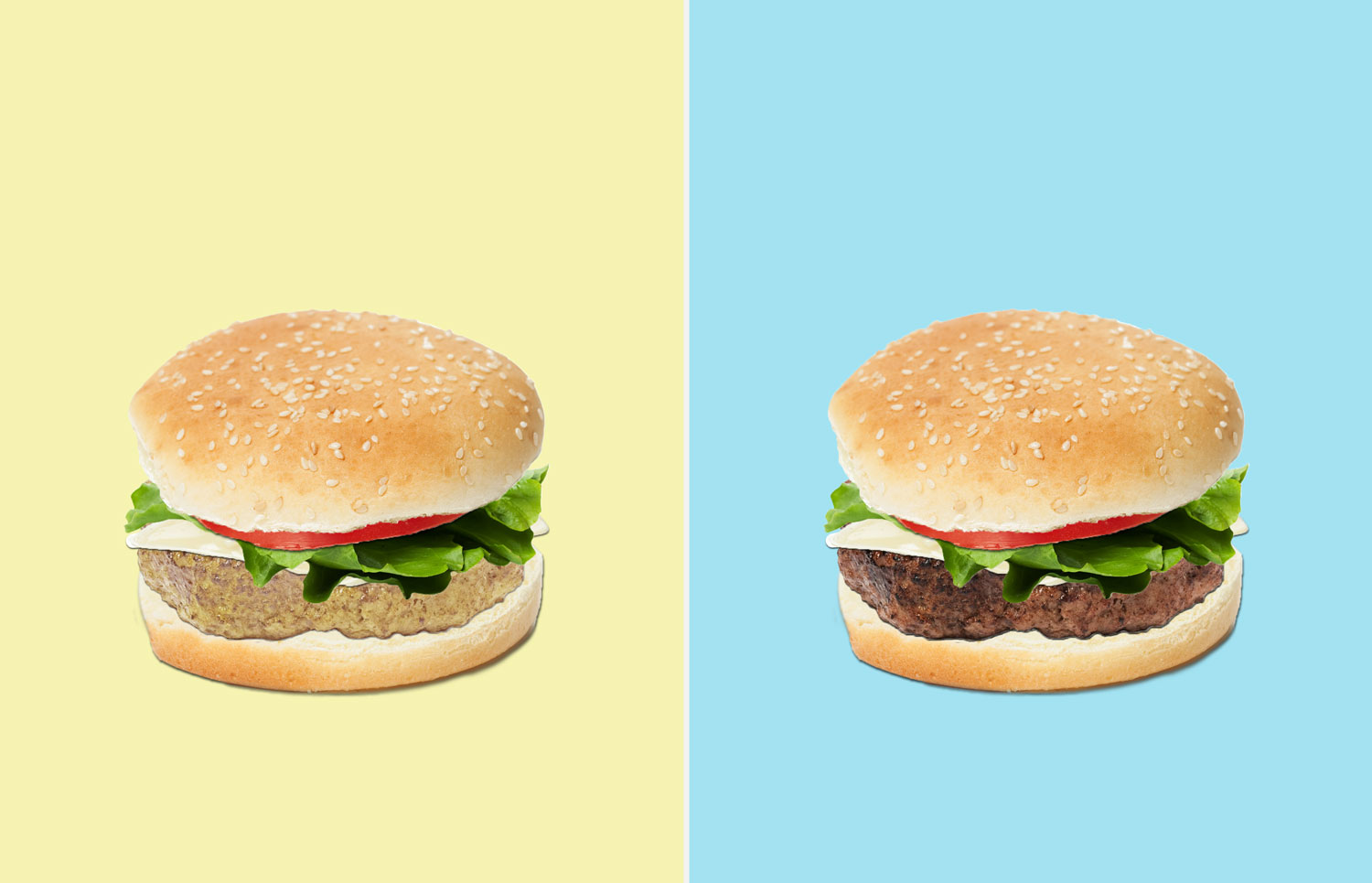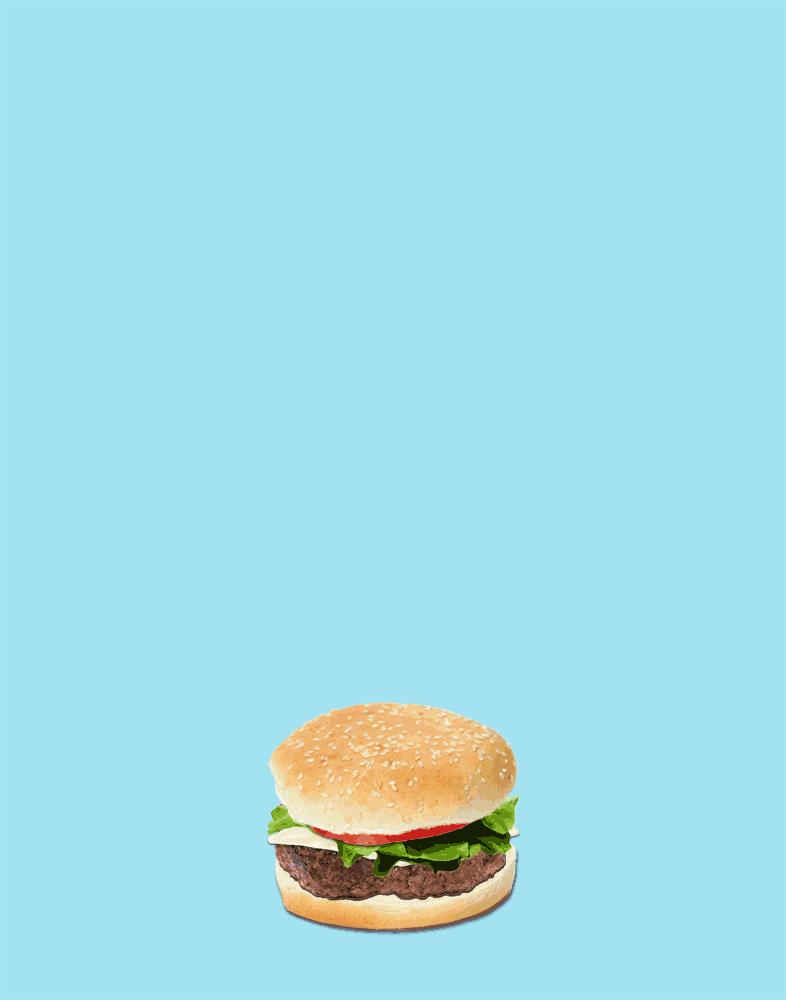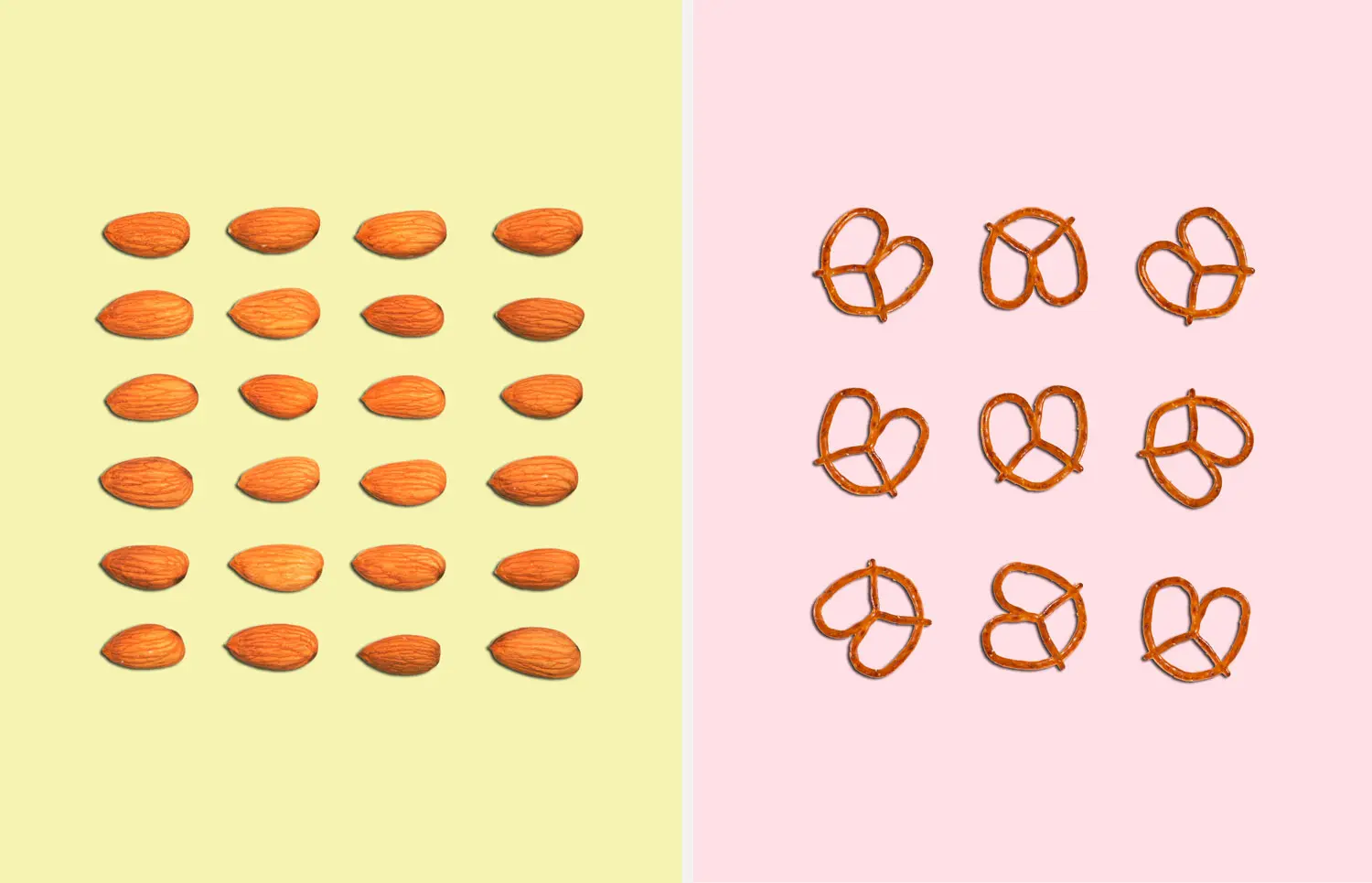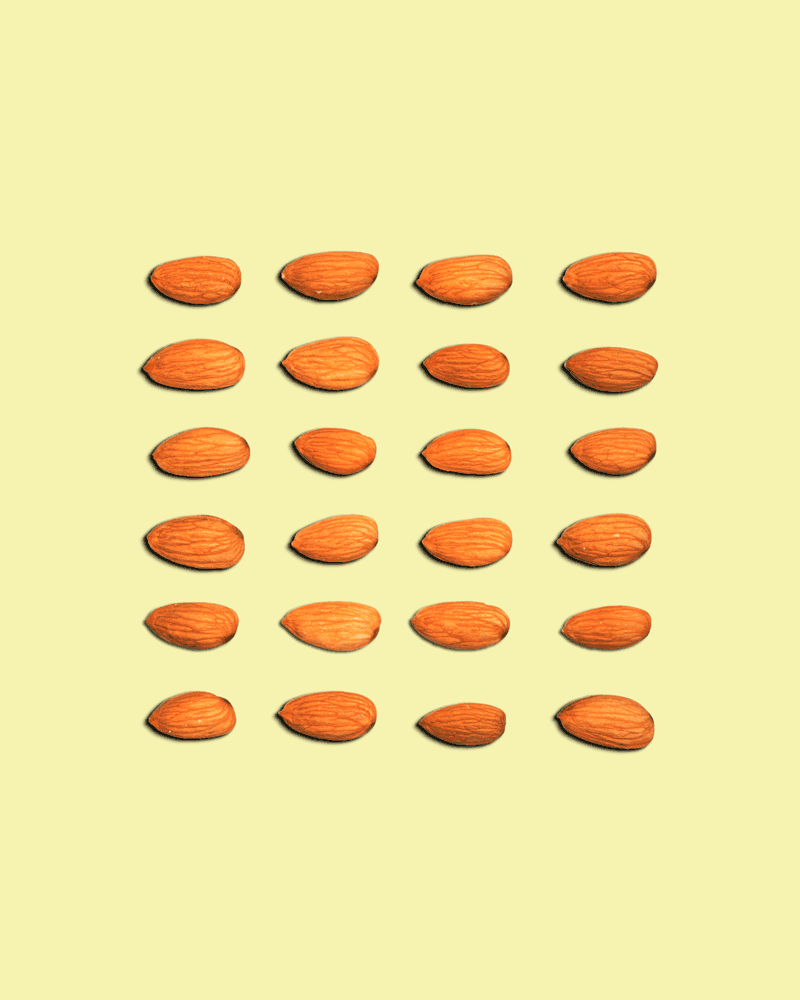Getting rid of your belly bulge is important for more than just vanity’s sake. Excess abdominal fat-particularly visceral fat, the kind that surrounds your organs and puffs your stomach into a “beer gut”-is a predictor of heart disease, Type 2 diabetes, insulin resistance and some cancers. If diet and exercise haven’t done much to reduce your pooch, then your hormones, your age and other genetic factors may be the reason why. Read on for 11 possible reasons why your belly fat won’t budge.
Health.com: 24 Fat-Burning Ab Exercises (No Crunches!)
You drink a lot of alcohol
Booze has a lot more calories than you might expect: 153 for a 12-ounce regular beer and 125 for a 5-ounce pour of red wine. (Don’t even get us started on the piña colada, which packs 500 calories into just nine ounces.) But alcohol may be widening to your waistline in another less obvious way. The calories in alcohol can’t be stored for later, so the body’s metabolism has to focus on alcohol first when it’s in the body. This diverts it from its task of burning fat, and fat burn especially drops in the belly. But there is such a thing as drinking responsibly for weight loss. Older women who drink about one alcoholic beverage per per day seem to gain less weight over time than women who don’t drink, probably because they keep other healthy behaviors and are more physically active.
You’re getting older
As you get older, your body changes how it gains and loses weight. Both men and women experience a declining metabolic rate, or the number of calories the body needs to function normally. On top of that, women have to deal with menopause. “If women gain weight after menopause, it’s more likely to be in their bellies,” says Michael Jensen, M.D., professor of medicine in the Mayo Clinic’s endocrinology division. In menopause, production of the hormones estrogen and progesterone slows down. Meanwhile, testosterone levels also start to drop, but at a slower rate. This shift in hormones causes women to hold on to weight in their bellies. The good news: you can fight this process. Read on.
You’re doing the wrong workout
A daily run or Spin class is great for your heart, but cardio workouts alone won’t do much for your waist. “You need to do a combination of weights and cardiovascular training,” says Sangeeta Kashyap, M.D., an endocrinologist at Cleveland Clinic. Strength training increases muscle mass, which sets your body up to burn more fat. “Muscle burns more calories than fat, and therefore you naturally burn more calories throughout the day by having more muscle,” says Kate Patton, a registered dietitian at Cleveland Clinic. Patton recommends 250 minutes of moderate-intensity exercise or 125 minutes of high-intensity exercise a week.
You’re eating too many processed foods
“Refined grains like white bread, crackers and chips, as well as refined sugars in sweetened drinks and desserts increase inflammation in our bodies,” says Patton. “Belly fat is associated with inflammation, so eating too many processed foods will hinder your ability to lose belly fat.” Natural foods like fruits, vegetables and whole grains are full of antioxidants, which have anti-inflammatory properties and may therefore actually prevent belly fat, Patton says.
Health.com: 10 Reasons to Give Up Diet Soda
You’re eating the wrong fats
The body doesn’t react to all fats in the same way. Research correlates high intake of saturated fat (the kind in meat and dairy) to increased visceral fat, says Patton. On the other hand, monounsaturated fats (the kind in olive oil and avocados) and specific types of polyunsaturated fats (mainly omega-3s, found in walnuts, sunflower seeds, and fatty fish like salmon) have anti-inflammatory effects in the body, and if eaten in proper portions may do your body good. But Patton warns that eating too much fat of any kind increases your calorie intake and could lead to weight gain, so enjoy healthy fats in moderation.
Your workout isn’t challenging enough
To banish stubborn belly fat, you have to ramp up your workouts. In a study published in the journal Medicine and Science in Sports and Exercise, people who completed a high-intensity workout regimen lost more belly fat than those who followed a low-intensity plan. (In fact, the low-intensity exercises experienced no significant changes at all.) “You need to exercise at full intensity because the end goal is to burn more calories, and high intensity exercise does just that,” says Natalie Jill, a San Diego–based certified personal trainer. High intensity workouts mean you’re going all out for as long as you can. If this sounds intimidating, think of it this way: you’ll burn more calories in less time.
You’re doing the wrong exercises
Doing crunches until the cows come home? Stop it! When you’re down to your final inches of belly fat, the dreaded crunch won’t be the exercise that finally reveals your six-pack. “You can’t spot reduce,” Jill says. Instead, she suggests doing functional exercises that use the muscles in your core — abdominals, back, pelvic, obliques — as well as other body parts. “These exercises use more muscles, so there is a higher rate of calorie burn while you are doing them,” she says. Planks are her favorite functional exercise — they activate not just your core muscles but also your arm, leg and butt muscles.
QUIZ: Should You Eat This or That?
















You’re stressed
Tight deadlines, bills, your kids — whatever your source of stress, having too much of it may make it harder for you to drop unwanted pounds, especially from your middle. And it’s not just because you tend to reach for high-fat, high-calorie fare when you’re stressed, though that’s part of it. It’s also due to the stress hormone cortisol, which may increase the amount of fat your body clings to and enlarge your fat cells. Higher levels of cortisol have been linked to more visceral fat.
Health.com: 25 Surprising Ways Stress Affects Your Health
You’re skimping on sleep
If you’re among the 30% of Americans who sleep less than six hours a night, here’s one simple way to whittle your waistline: catch more Zs. A 16-year study of almost 70,000 women found that those who slept five hours or less a night were 30% more likely to gain 30 or more pounds than those who slept seven hours. The National Institutes of Health suggest adults sleep seven to eight hours a night.
You’re apple-shaped
If you tend to pack the pounds around your middle rather than your hips and thighs, then you’re apple shaped. This genetic predisposition means ridding yourself of belly fat will be harder, Dr. Kashyap says, but not impossible.
You’re sick
If your testosterone levels are high — something that can occur with polycystic ovary syndrome (PCOS) — you might have difficulty losing weight. “If you’re an apple shape and overweight, it’s a good idea to see your doctor,” Dr. Kashyap says, since there may also be a chance that you are prediabetic or diabetic.
You’re unmotivated
Are you committed to the work needed to lose belly fat? “Reducing belly fat takes a combination approach of a low-calorie diet that is high in fiber and low in carbohydrates and sugar along with cardiovascular and weight training,” Dr. Kashyap says. “If you are willing to do the work, you can move past genetics and lose it.”
More Must-Reads from TIME
- Caitlin Clark Is TIME's 2024 Athlete of the Year
- Where Trump 2.0 Will Differ From 1.0
- Is Intermittent Fasting Good or Bad for You?
- The 100 Must-Read Books of 2024
- Column: If Optimism Feels Ridiculous Now, Try Hope
- The Future of Climate Action Is Trade Policy
- FX’s Say Nothing Is the Must-Watch Political Thriller of 2024
- Merle Bombardieri Is Helping People Make the Baby Decision
Contact us at letters@time.com